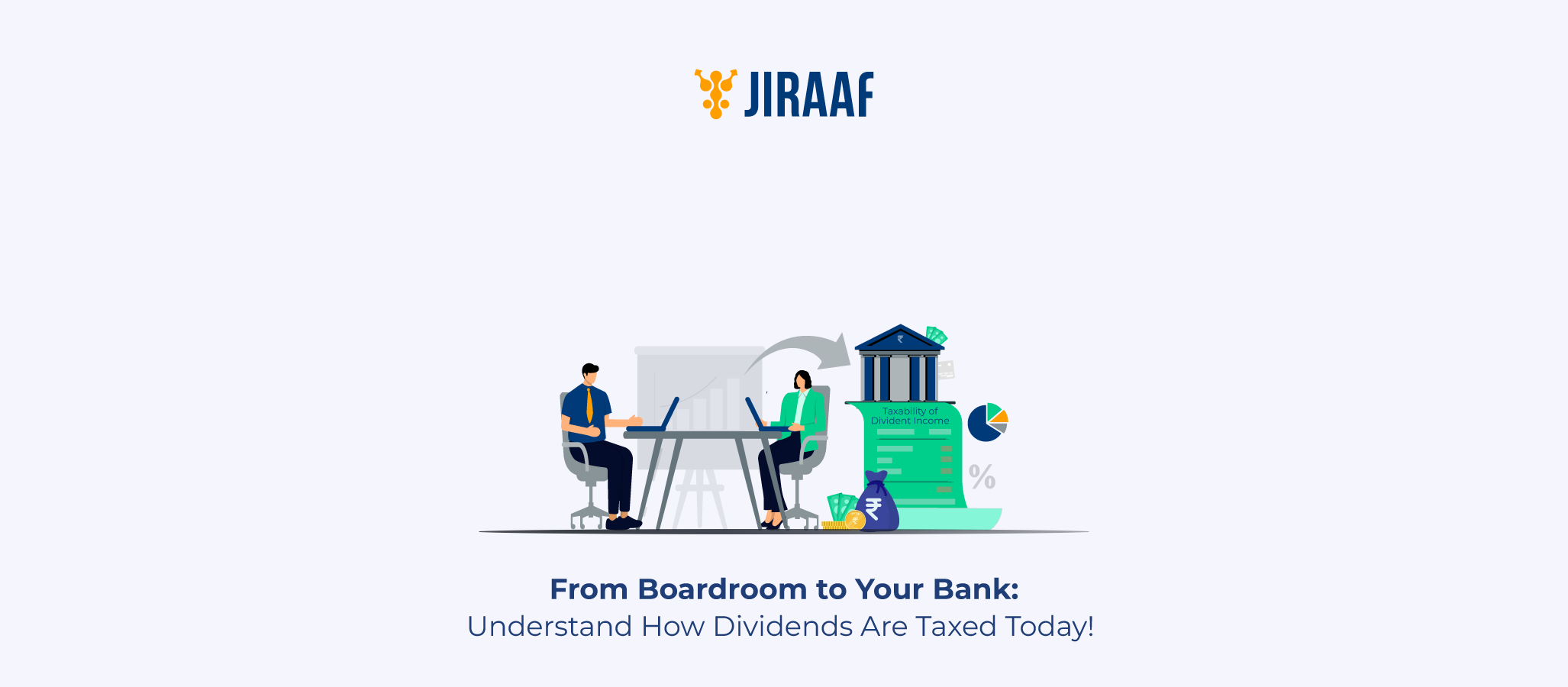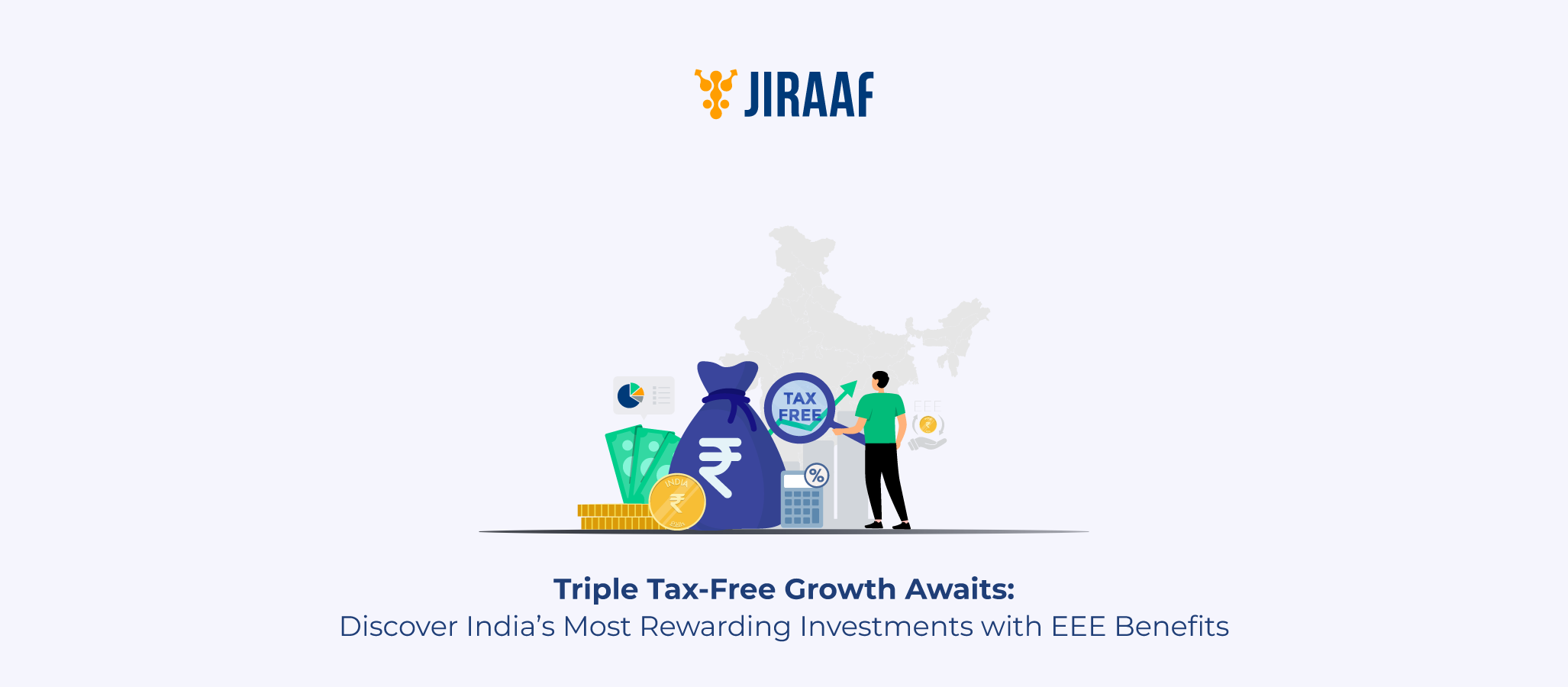Since FY 2023–24, almost every taxpayer (primarily salaried professionals and pensioners) is automatically placed under the new tax regime by the government unless they actively choose otherwise. But what works for public policy might not always work for your portfolio. The new regime offers lower tax rates, but in return, it eliminates most of the deductions that reward long-term financial discipline. The old tax regime, on the other hand, still favors investors who plan, optimize, and structure their finances.
According to CBDT data, over 5 crore taxpayers opted for the new regime in FY 2023–24. It’s clear the system is shifting towards simplified slabs, cleaner compliance, and fewer deductions. Yet, the old regime continues to deliver meaningful tax savings for high earners and investors who know how to unlock its benefits.
The smarter choice for you this year isn’t sticking with the default or clinging to the familiar. It must be based on understanding how each regime fits into your broader financial strategy and choosing one with intent. So, which tax regime actually serves you better? Let’s explore further.
What is the New Tax Regime?
The new tax regime, introduced in Budget 2020 and significantly revised in Budget 2025, simplifies taxation by offering lower tax rates with limited deductions. It aims to remove the complexity of traditional tax planning and instead gives you immediate relief through lower rates and an enhanced rebate.
The new tax regime slabs are designed to offer incremental relief across income brackets. However, most traditional deductions, like Section 80C investments, HRA, LTA, and others, are not available. That being said, the standard deduction in the new tax regime has been introduced to make it more appealing for salaried taxpayers.
The new tax regime 2025 slabs for FY 2025-26 (AY 2026-27) are:
- Up to ₹4 lakh: Nil
- ₹4 lakh to ₹8 lakh: 5%
- ₹8 lakh to ₹12 lakh: 10%
- ₹12 lakh to ₹16 lakh: 15%
- ₹16 lakh to ₹20 lakh: 20%
- ₹20 lakh to ₹24 lakh: 25%
- Above ₹24 lakh: 30%
From FY 2023-24, it has become the default regime for salaried individuals and pensioners, while others need to pick one of the two. However, people dependent on salary and pension can still opt out and switch to the old regime at the time of filing their return. Non-salaried individuals must file Form 10-IEA before the due date to switch regimes. This step is non-negotiable for regime change.
What is the Old Tax Regime?
The old tax regime remains rooted in the traditional tax-saving approach: invest, claim deductions, and reduce your taxable income. It continues to be relevant in 2025, especially for those who are comfortable with structured tax planning and have high-deductible expenses.
Your key advantage here lies in the availability of a wide range of exemptions and deductions, including:
- Section 80C deductions up to ₹1.5 lakh
- House Rent Allowance (HRA)
- Leave Travel Allowance (LTA)
- Standard deduction
- Interest on home loan under Section 24
- 80D, 80E, 80G, and others
If you’ve already aligned your financial portfolio with tax-saving instruments, the old tax regime slabs may offer you better post-tax returns. The system favors goal-based investing and disciplined savings via tax-efficient instruments.
Comparison Table—Old vs New Tax Slabs (2025)
Let’s compare the two regimes’ tax slabs side-by-side to clearly analyze their differences.
| Income Range (₹) | Tax Rate—Old Regime | Tax Rate—New Regime revised in 2025 |
| Up to 2.5 lakh | Nil | Nil |
| 2.5 lakh–5 lakh | 5% | Nil (up to ₹4 lakh), then 5% |
| 5 lakh–10 lakh | 20% | 5% (₹4-8 lakh), 10% (₹8-12 lakh) |
| 10 lakh–15 lakh | 30% | 10% (₹8-12 lakh), 15% (₹12-16 lakh) |
| 15 lakh–20 lakh | 30% | 15% (₹12-16 lakh), 20% (₹16-20 lakh) |
| 20 lakh–24 lakh | 30% | 20% (₹16-20 lakh), 25% (₹20-24 lakh) |
| Above 24 lakh | 30% | 30% |
Notably, the 87A rebate in the new tax regime has been enhanced to cover income up to ₹12 lakh compared to ₹5 lakh in the old regime. This change alone makes the new tax regime far more beneficial for middle-income salaried individuals in 2025.
Deductions and Exemptions: What’s Allowed & What’s Not
In the old tax vs. new tax regime, one of the most critical differentiators is the availability of deductions and exemptions.
Under the old tax regime, you can claim
- Deductions under 80C (EPF, PPF, ELSS, NSC, life insurance)—up to ₹1.5 lakh
- Deductions under 80D (health insurance)
- Deductions under 80E (education loan interest)
- Deductions under HRA, LTA
- Home loan interest of up to ₹2 lakh (under Section 24)
- Donations under 80G
These add up quickly, especially for those with active home loans, rent payments, or investments in insurance and tax-saving funds.
Under the new tax regime, these are the limited deductions allowed
- NPS employer contribution under Section 80CCD(2)
- EPF employer contribution (for eligible employees)
- Standard deduction of ₹75,000 for salaried and pensioners (from FY 2025-26)
- 87A rebate for income up to ₹12 lakh (from FY 2025-26)
If your annual deductions typically cross ₹3 lakh, your could find yourself leaning significantly towards the old regime in terms of net savings.
How Standard Deduction Works in New Tax Regime
We have been hearing about the term standard deduction in this blog, but what does it mean? Well, as the name suggests, a standard deduction is an amount subtracted from every eligible taxpayer’s salary while their taxable income is being calculated. In FY 2023-24, this was introduced to the new tax regime as well.
Earlier available only in the old regime, salaried taxpayers and pensioners can now claim ₹75,000 as a standard deduction under the new tax regime 2025 as well. This bolsters its utility for middle-income taxpayers and helps balance the new tax vs. old tax argument.
However, this deduction is flat and doesn’t scale with your actual expenses, unlike the flexible options in the old regime. For someone with multiple eligible deductions, the impact of this standard deduction may be marginal.
How to Choose: Who Should Opt for What?
Choosing between the old vs. new tax regime is no longer just a question of slab rates, it hinges on income type, deduction availability, and financial strategy.
Opt for the new tax regime if
- Your annual income is up to ₹12 lakh, and you’re not claiming many deductions. The 87A rebate in the new tax regime could eliminate your tax bill up to ₹12 lakh.
- You have minimal investments under Section 80C, don’t pay rent, and don’t claim HRA or LTA.
- You prefer compliance simplicity and dislike yearly tax planning.
Stick with the old tax regime if
- You consistently claim deductions exceeding ₹3–3.5 lakh.
- Your portfolio includes home loan EMI, insurance, NPS, medical policies, and rent benefits.
- You view tax planning as a long-term wealth-building tool, not just an annual expense.
Once your income crosses ₹15 lakh, the tax slab dynamics in both old and new regimes tend to equalize. At this level, running detailed comparisons becomes critical to identify net benefits.
Income Tax Calculation: Old vs New Regime Examples
Let’s run two quick cases to illustrate income tax calculation of the old vs. the new regime.
Example 1: Income = ₹10 lakh (salaried individual)
Old Regime
- 80C: ₹1.5 lakh
- 80D: ₹25,000
- Standard Deduction: ₹50,000
- Net Taxable Income: ₹7.75 lakh
- Tax: Approx. ₹65,000
New Regime
- Standard Deduction: ₹75,000
- Net Taxable Income: ₹9.25 lakh
- Tax: Approx. ₹54,600 (after 87A rebate in new tax regime, if applicable)
Example 2: Income = ₹18 lakh (business income)
Old Regime (with ₹4 lakh deductions)
- Net Taxable Income: ₹14 lakh
- Tax: ₹2.6 lakh
New Regime
- No significant deductions allowed
- Net Taxable Income: ₹18 lakh
- Tax: ₹2.76 lakh
The tax slabs in both the new vs old regimes deliver different results depending on your deduction profile. While the new regime offers simplicity, the old tax vs new tax regime gap widens when deductions are high.
Final Verdict: Which Tax Regime Is Better in 2025?
If you’re early in your career or deductions aren’t core to your financial behavior, the new tax regime 2025 delivers clean compliance, fewer documentation headaches, and upfront relief for you. If your portfolio is aligned with tax-saving instruments like 80C, NPS, health insurance, HRA, and home loans, the old regime remains more tax-efficient.
The tax slabs in the old regime promote disciplined investing, while the new tax regime slabs favour flexibility and ease of filing. As you rebalance between equity, debt, real estate, and insurance in a high-interest, post-pandemic economy, your tax regime decision must sync with your broader financial architecture, not just your tax filing.
Run the numbers. Evaluate annually. And let your tax choice reflect your goals, not just your income.
FAQs on New vs Old Tax Regime (2025 Edition)
Which tax regime is better, old or new?
The better tax regime depends on your income and deductions. Choose the new regime if your income is up to ₹12 lakh and you claim few deductions, as it offers lower tax rates and a higher rebate. Opt for the old regime if you have large deductions (₹3 lakh or more) like 80C, HRA, or home loan interest, as it can reduce taxable income more and save tax despite higher slabs.
Is 12 lakh tax free for old regimes?
No, income up to ₹12 lakh is not automatically tax-free under the old regime. The basic exemption limit remains ₹2.5 lakh, and tax slabs start from 5% above that. To reduce tax liability on ₹12 lakh income to zero, you must claim substantial deductions and exemptions like 80C, 80D, and HRA. Without these, tax applies on income above ₹2.5 lakh as per slab rates.
Is 80C allowed in the new regime?
No, Section 80C deductions are not allowed under the new tax regime. The new regime offers lower tax rates but eliminates most deductions, including 80C investments like PPF, ELSS, and life insurance premiums. Only a few deductions such as employer’s NPS contribution and a standard deduction for salaried taxpayers are permitted, making the new regime simpler but less flexible for tax-saving investments.
Is HRA allowed in the new regime?
No, House Rent Allowance (HRA) exemption is not available under the new tax regime. The new regime removes most exemptions, including HRA, to simplify tax calculations. Taxpayers who want to claim HRA exemption must opt for the old tax regime, where HRA can significantly reduce taxable income if you pay rent and meet specified conditions.
Is NPS allowed in the new regime?
Partially, yes. Employer contributions to the National Pension System (NPS) under Section 80CCD(2) are allowed as deductions in the new tax regime. However, employee contributions under Section 80CCD(1) are not deductible in the new regime. This means only the employer’s NPS contribution reduces taxable income under the new regime, while full NPS benefits apply under the old regime.
Is PF tax free in the new regime?
Employee contributions to the Provident Fund (PF) are not deductible under the new tax regime, meaning you cannot claim 80C benefits on your PF contributions. However, the employer’s PF contribution remains exempt under the new regime. Interest earned and withdrawals from PF continue to be tax-free subject to existing conditions, regardless of the tax regime chosen.
Discover fixed income investments with Jiraaf, a SEBI registered online bonds platform that educates and brings access to a wide array of bonds. Sign up today to explore diversified fixed income investment opportunities to support your goal-based wealth creation journey. Start investing!



